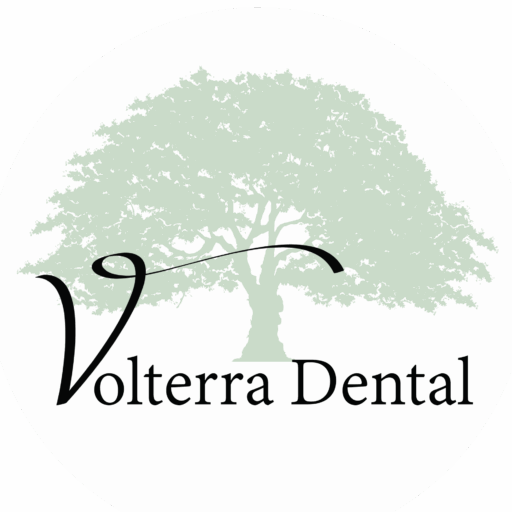
Whether due to migraines or grinding your teeth, waking with a headache is never a good way to start the day. It may surprise you that Botox from your dentist’s office is the treatment solution you need.
Since its approval in 2002 by the Food and Drug Administration (FDA) for use as a wrinkle reducer, Botox® has become something of a wonder drug with new applications emerging frequently. Originated as a way to help muscle spasms around the eyes, the neurotoxin-derived injectable treatment has applications in the body virtually anywhere that unwanted muscle contractions occur.
In 2010, the FDA approved Botox for treating chronic migraines, the only product approved for this task. In the years since, other off-label uses emerged, and many dentists embrace both the cosmetic and therapeutic use of Botox in their practices.
Volterra Dental Comprehensive and Aesthetic Dentistry specializes in Botox treatments, particularly those that have orofacial applications. Some people may not be aware that migraines sometimes have a connection with a dental issue, or that Botox can treat some non-migraine headaches. Dr. Richard Blackburn has the expertise in facial anatomy necessary for the most effective Botox cosmetic treatments.
Morning Headaches
Stepping out of bed in the morning should be a highlight of your day, so it’s frustrating when you recognize the presence of a headache. There’s no single reason why you might have a morning headache.
Those who are prone to migraines may wake up to the start of an episode, and sometimes these may be triggered by conditions such as bruxism, also known as grinding of the teeth. Temporomandibular jaw disorder (TMJ) is another known migraine trigger that stems from an orofacial problem. The inflammation of the jaw joint may cause several types of pain, including migraine. Both bruxism and TMJ can cause non-migraine headaches, too.
Perhaps the most notorious contributor to morning headaches is obstructive sleep apnea (OSA). A breathing disorder that temporarily stops your breathing while you’re asleep, the disturbances of OSA interfere with restful sleep, accounting for a tension-based headache. There’s also a connection between OSA and chronic migraine.
A Botox Solution
You’ll be diagnosed with chronic migraine when you have 15 or more headache days per month. Botox for migraines reduces the number and intensity of migraine episodes for many patients. In a 10-minute treatment, injections of small amounts of Botox are made at sites around the head and neck. It’s thought that Botox blocks the action of neurotransmitters that report pain. Effects typically last about three months.
TMJ often includes muscle tightness, as does bruxism. This tension can be reduced with strategic injections of Botox, which temporarily relaxes targeted muscles, releasing the tension and intensity that contribute to both conditions. Soft palate injections can treat OSA, which reduces the intensity of snoring.
Every patient is different, so the best way to find an effective treatment plan is working with Dr. Blackburn and his team to meet your needs. Contact Volterra Dental Comprehensive and Aesthetic Dentistry online or by phone to schedule your consultation. Botox isn’t the only solution for some of these issues, but you may find it to be the best. Book your appointment today.

